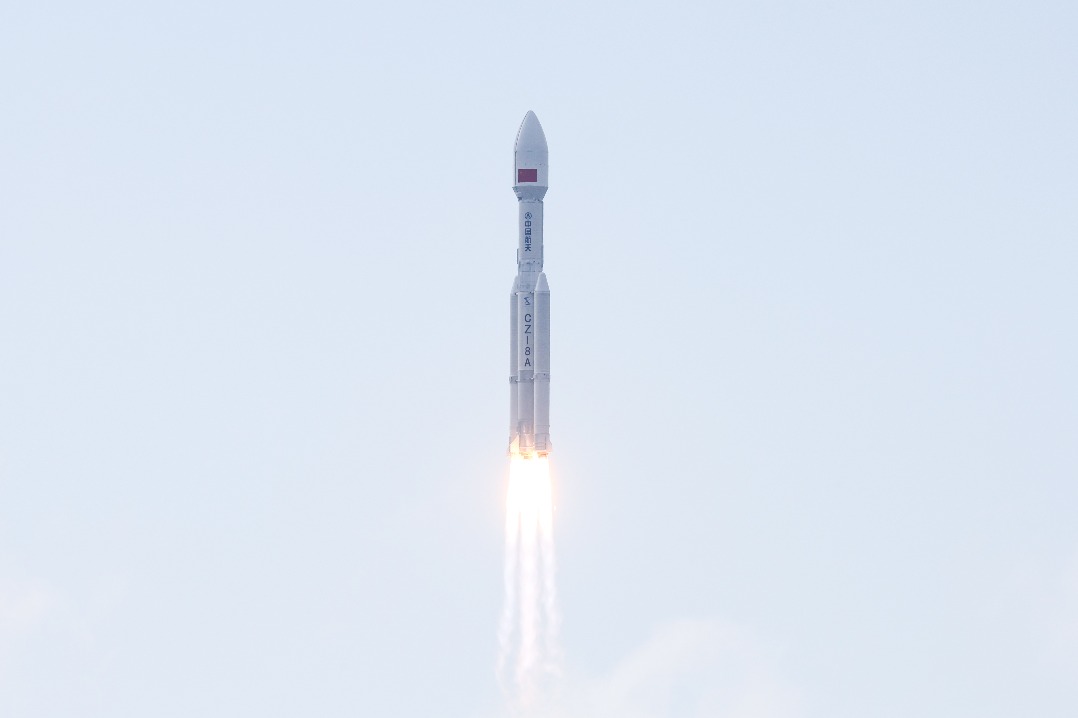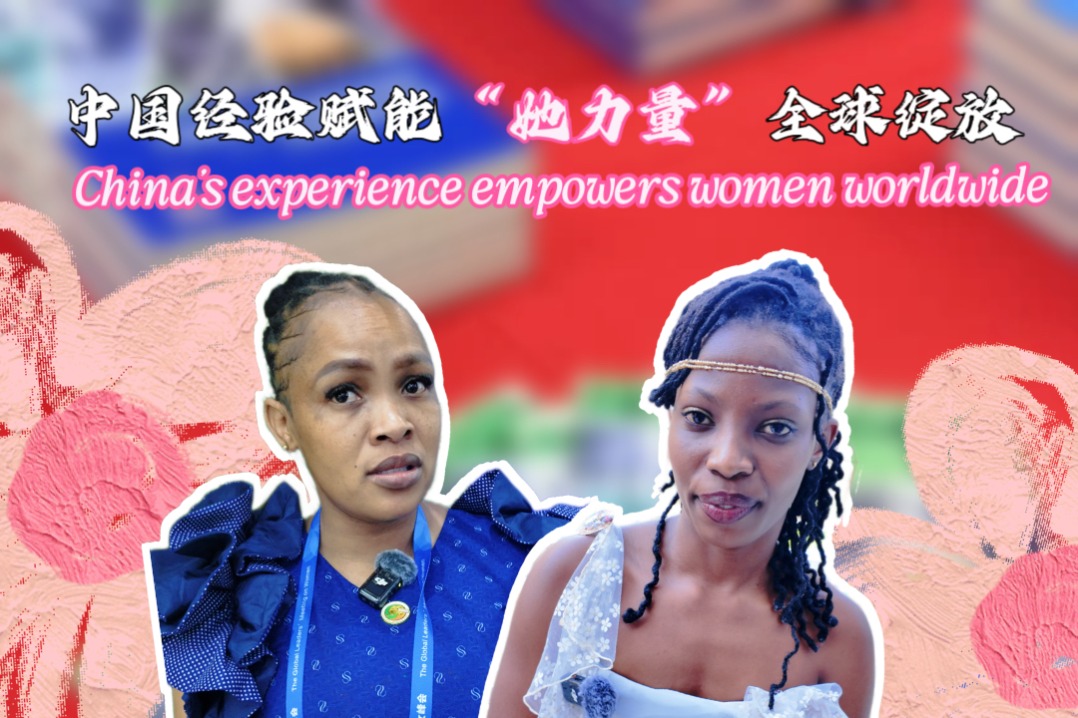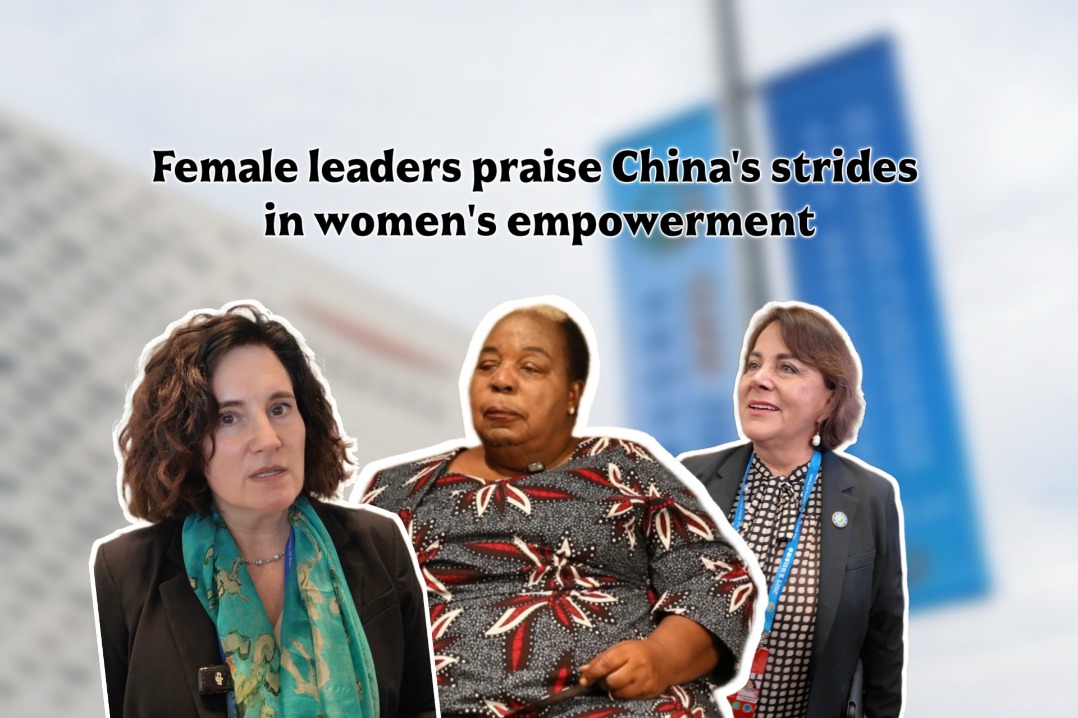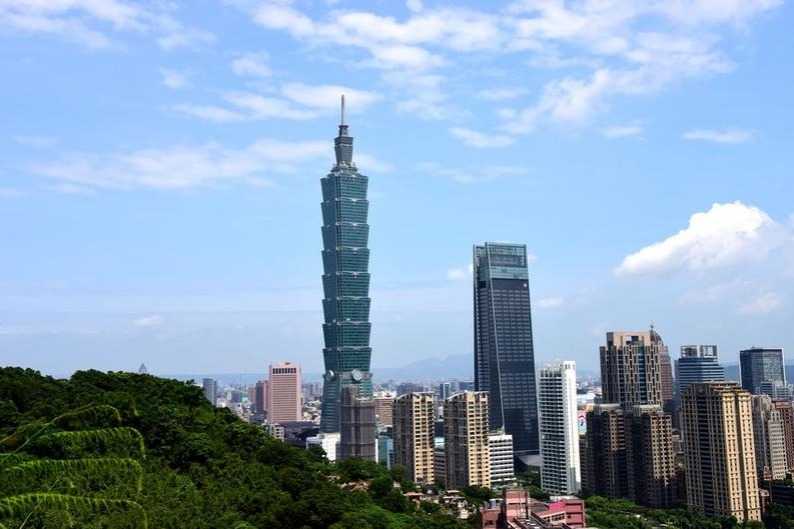White paper names China as world leader in nanotechnology development

China leads the world in nanotechnology development, with the nation accounting for more than 464,000 related patents over the past 25 years, representing 43 percent of the international total, according to a white paper released at the weekend.
From 2000 to May of this year, the total number of globally granted nanotechnology patents surpassed 1.08 million. With almost half a million of its own, China took top spot, exceeding the total number of patents held by the United States, Japan and South Korea, the white paper said.
The white paper was published by China's National Center for Nanoscience and Technology during the 10th International Conference on Nanoscience and Technology, which was held in Beijing from Saturday to Monday.
The white paper showed that enterprises are the main force behind patent applications, with the number of applications comparable to those from universities and research institutes.
The number of patent transfers and licenses in China accounts for around eight percent of the total from the year 2000 to this year.
Meanwhile, the annual volume has passed its peak and begun to decline, suggesting that enterprises are gradually becoming the main drivers of innovation, developing technologies themselves rather than acquiring through purchase. In addition, many nanotechnologies are entering large-scale industrialization, with stable production processes, leading to a decreased capacity to absorb new patents, the white paper said.
It also said that China's nanotechnology patents are primarily concentrated in key areas, with a dominant number of patents in fields such as new building materials, advanced coating materials, catalytic chemistry and reaction engineering. Significant progress has also been made in semiconductor devices and biomedicine.
China's nanotechnology enterprises have experienced explosive growth, with nearly half being located in Jiangsu, Guangdong and Zhejiang provinces. The number of companies increased from 3,015 in 2000 to 35,000 by May, with an average annual growth rate of about 10 percent. Meanwhile, employment in these enterprises nearly doubled, rising from 5 million in 2000 to 9.92 million people by May, it said.
"China has emerged as a significant contributor to global nanotechnology advancements and a major player in cutting-edge industrial applications," said Bai Chunli, chair of the conference, at Saturday's opening ceremony.
Bai, who is also a member of the Chinese Academy of Sciences, said nanotechnology serves as a driving force propelling breakthroughs in strategic fields such as green energy, biomedicine and information technology, and accelerates the formation of new quality productive forces.
Bai added that the rise of artificial intelligence has brought revolutionary opportunities to the field of nanotechnology, profoundly reshaping its research paradigms. China will further solidify foundational research, strengthen application-oriented efforts, and deepen international cooperation to continuously leverage nanotechnology's pivotal role in driving global innovation and development.
Alan Rowan, director of the Australian Institute for Bioengineering and Nanotechnology at the University of Queensland, explained that nanoscience is the study of matter at the nanoscale, a realm 10,000 times smaller than a human hair. At this scale, materials exhibit unique quantum and surface effects that deviate from macroscopic behavior, enabling scientists to design materials with properties inaccessible through traditional approaches and providing revolutionary solutions.
"China has done an amazing job across the board in investment in science," said Rowan, attributing China's accelerating development in nanoscience to its emphasis on STEM education, infrastructure construction and young students' capacity for innovation.
Yury Gogotsi, director of Drexel University's A.J. Drexel Nanomaterials Institute in the US, echoed Rowan's sentiments and described China as "a technological leader" whose nanoscience industry is "enormous both in volume and quality".
"Many breakthroughs from China were scientific and technological, with a fast translation to scaled-up manufacturing," Gogotsi said.
"I think this is what is needed because, for nanotechnology, you not only need to do high-quality research, but also need to have mechanisms to transfer it into practice that will hopefully make the world a better place."
Gogotsi said that, in the current landscape of nanotechnology industry development, areas of the world like China, the US, the European Union and Singapore are advancing rapidly, each possessing their own strengths.
"This dynamic fosters healthy competition in scientific and technological research and development. In addition, when nations are at similar technological levels, it facilitates smoother international collaboration," he added.
- Oncologists gather in Tianjin to discuss advances in cancer treatment
- International Seed Industry Expo features assortment of new agricultural products
- Musical medley: Super Bund Music Festival kicks off in Shanghai
- Physicist Chen-Ning Yang dies at 103
- China improves regulations on personal information outbound transfer
- Generative AI users in China reach 515m




































